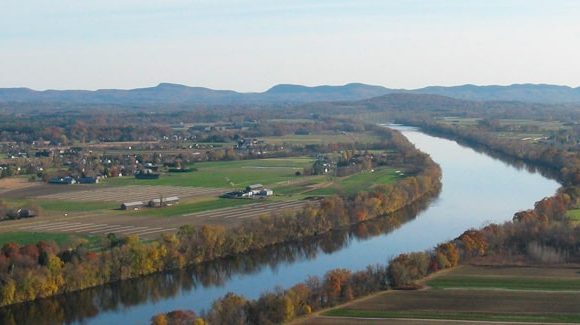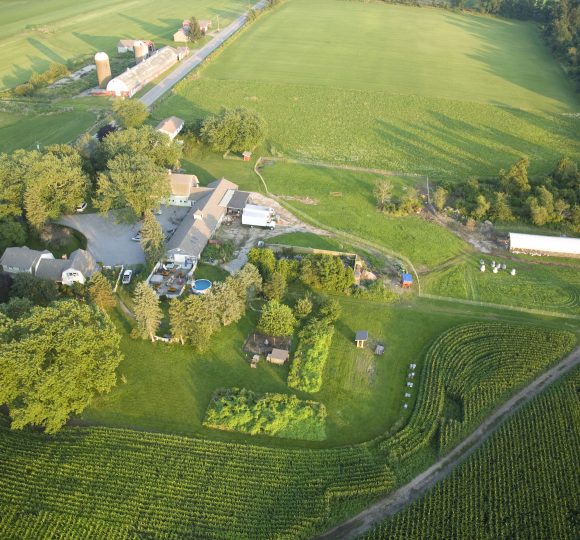There is increasing enthusiasm around the concept of soil health, and as a result, new public and private initiatives are being developed to increase soil health-related practices on working lands in the United States. In addition, billions of U.S. public dollars are dedicated annually toward soil conservation programs, and yet, it is not well quantified how investment in conservation programs improve soil health and, more broadly, environmental health. The Environmental Quality Incentives Program (EQIP) is one of the major U.S. public conservation programs administered on privately managed lands for which public data are available. This research developed a multi-dimensional classification system to evaluate over 300 EQIP practices to identify to what extent practices have the potential to improve different aspects of soil and environmental health. Using available descriptions and expert opinion, these practices were evaluated with a classification system based on the practice’s potential to exhibit the following environmental health outcomes: (i) principles of soil health to reduce soil disturbance and increase agrobiodiversity; (ii) a transition to ecologically-based management to conserve soil, water, energy and biological resources; and (iii) adaptive strategy to confer agroecosystem resilience. Further, this paper analyzes nearly $7 billion U.S. dollars of financial assistance dedicated to these practices from 2009 through 2018 to explore the potential of these investments to generate environmental health outcomes. The paper also identified nine practices that fit the highest level of potential environmental health outcomes in our classification systems. These included wetlands and agroforestry related practices, demonstrating that ecologically complex practices can provide the broadest benefits to environmental health. Practices with the greatest potential to improve environmental health in our classification system represent 2–27% of annual EQIP funding between 2009 and 2018. In fiscal year 2018, these practices represented between $13 and 121 million, which represented ~0.08% of total annual USDA expenditures. These classifications and the subsequent funding analysis provide evidence that there is tremendous untapped potential for conservation programs to confer greater environmental health in U.S. agriculture. This analysis provides a new framework for assessing conservation investments as a driver for transformative agricultural change.
Publications
Evaluating the Untapped Potential of U.S. Conservation Investments to Improve Soil and Environmental Health
Downloadable Documents
Author
Andrea Basche, Katherine Tully, Laura Lengnick
Publisher
Lansing, MI: Frontiers in Sustainable Food Systems
Page Numbers
16
Publication Date
November 26, 2020
Publication Type
Reports and Guides
et al. Author(s)
Nora L. Álvarez-Berríos, Julian Reyes, Tabitha Brown, Jennifer M. Moore, Rachel E. Schattman, Lana Koepke Johnson, and Gabrielle Roesch-McNally
State
National
Keywords
Climate Change, Conservation Policies and Programs, Soil Health





